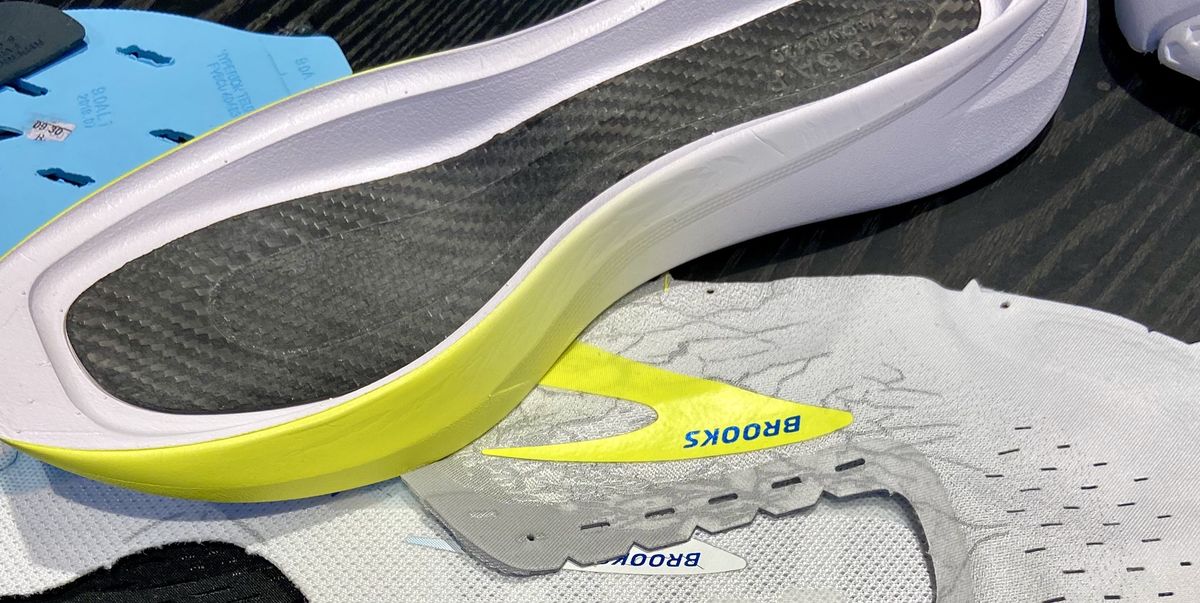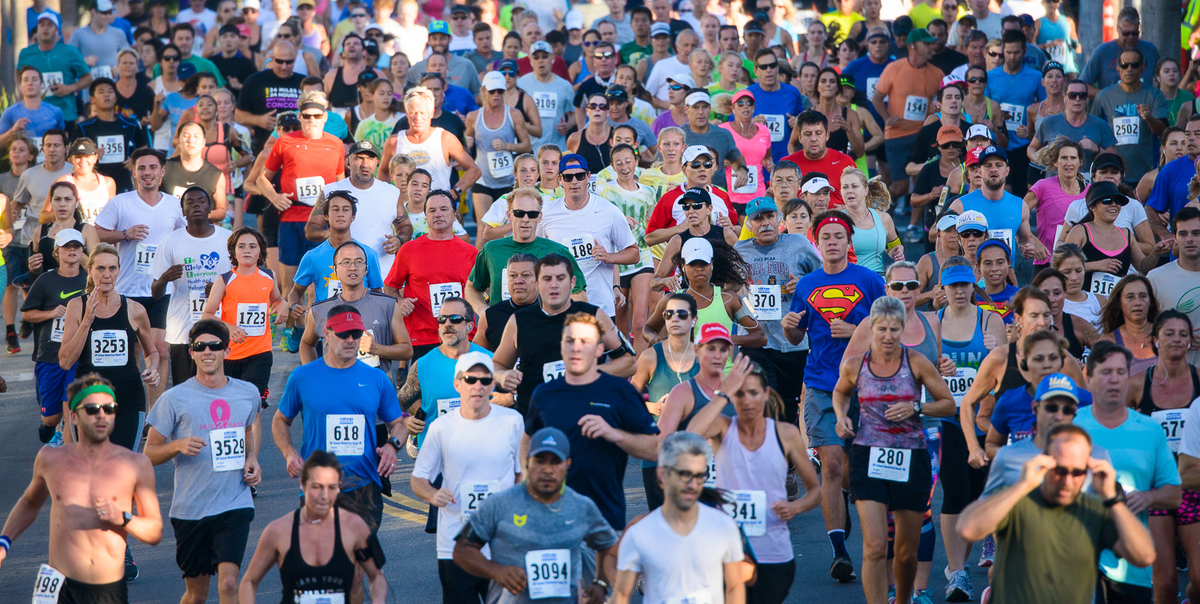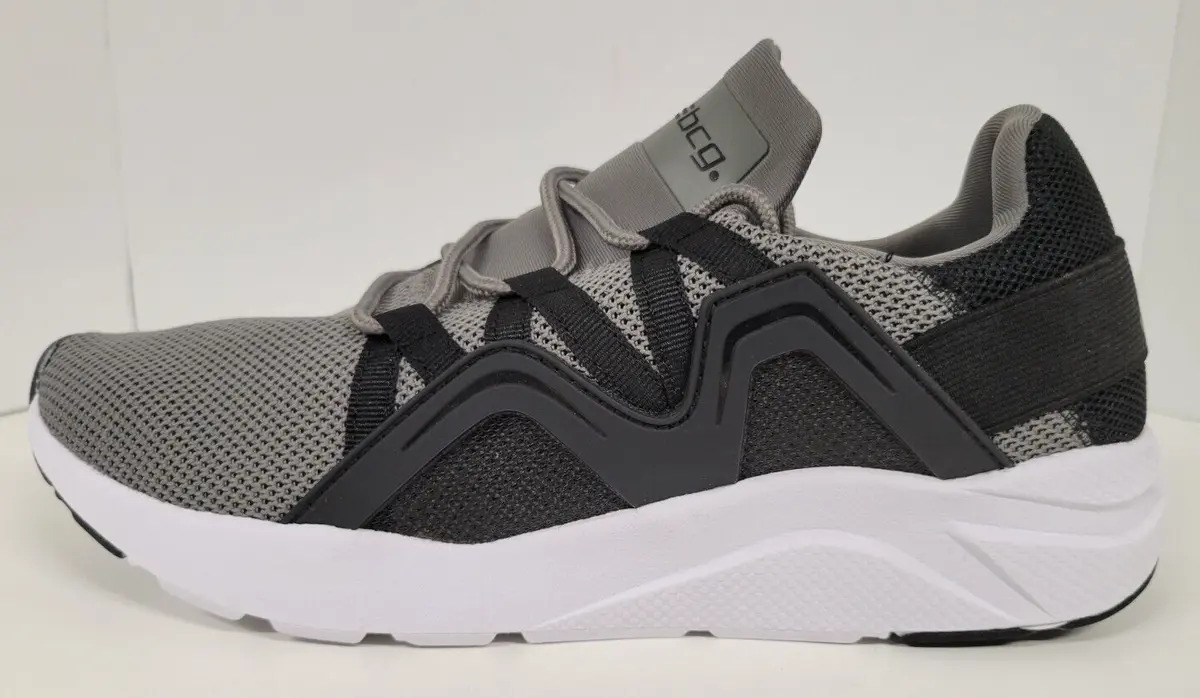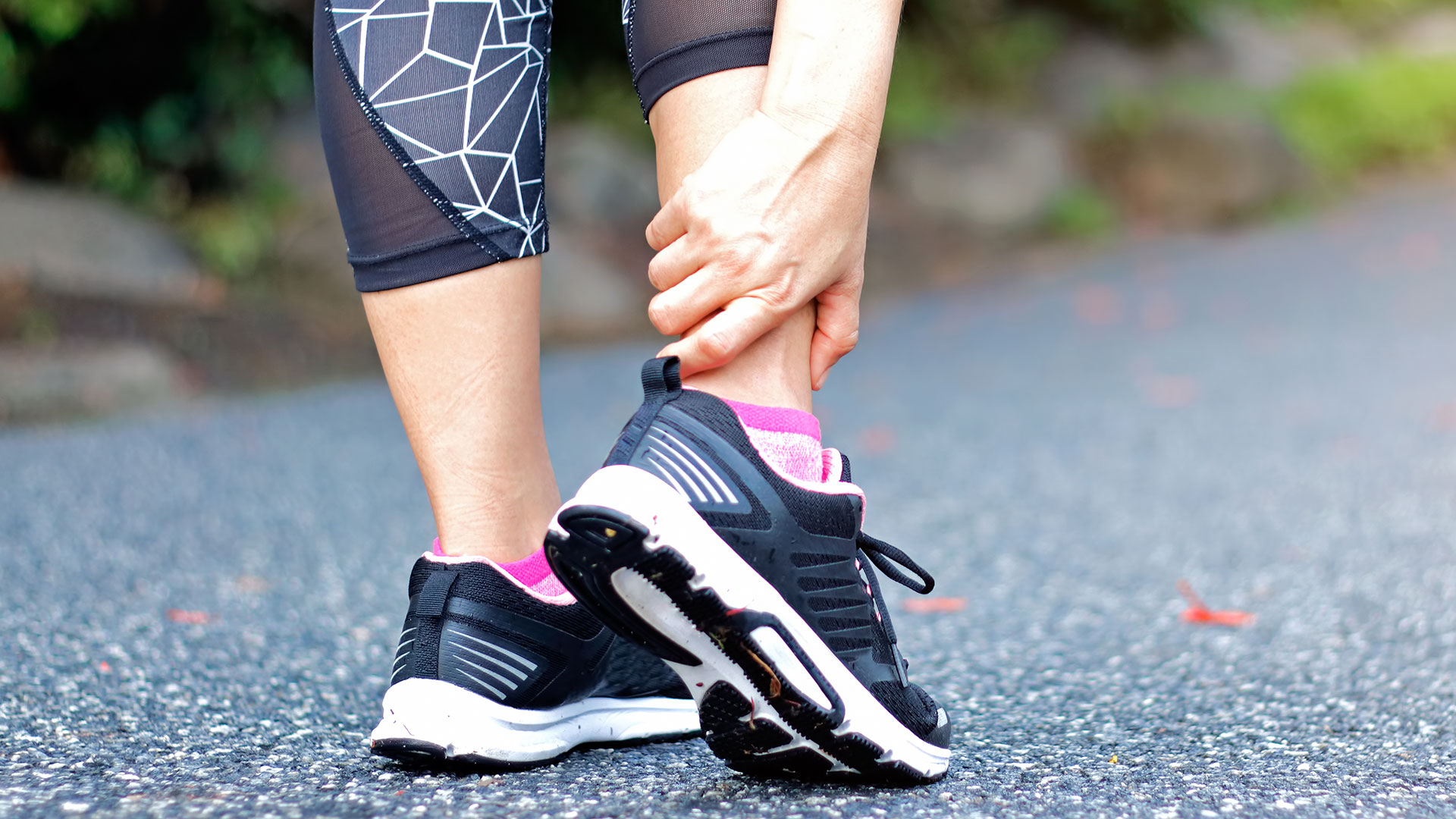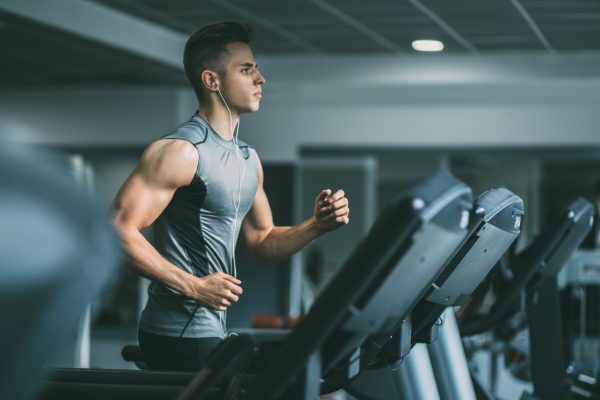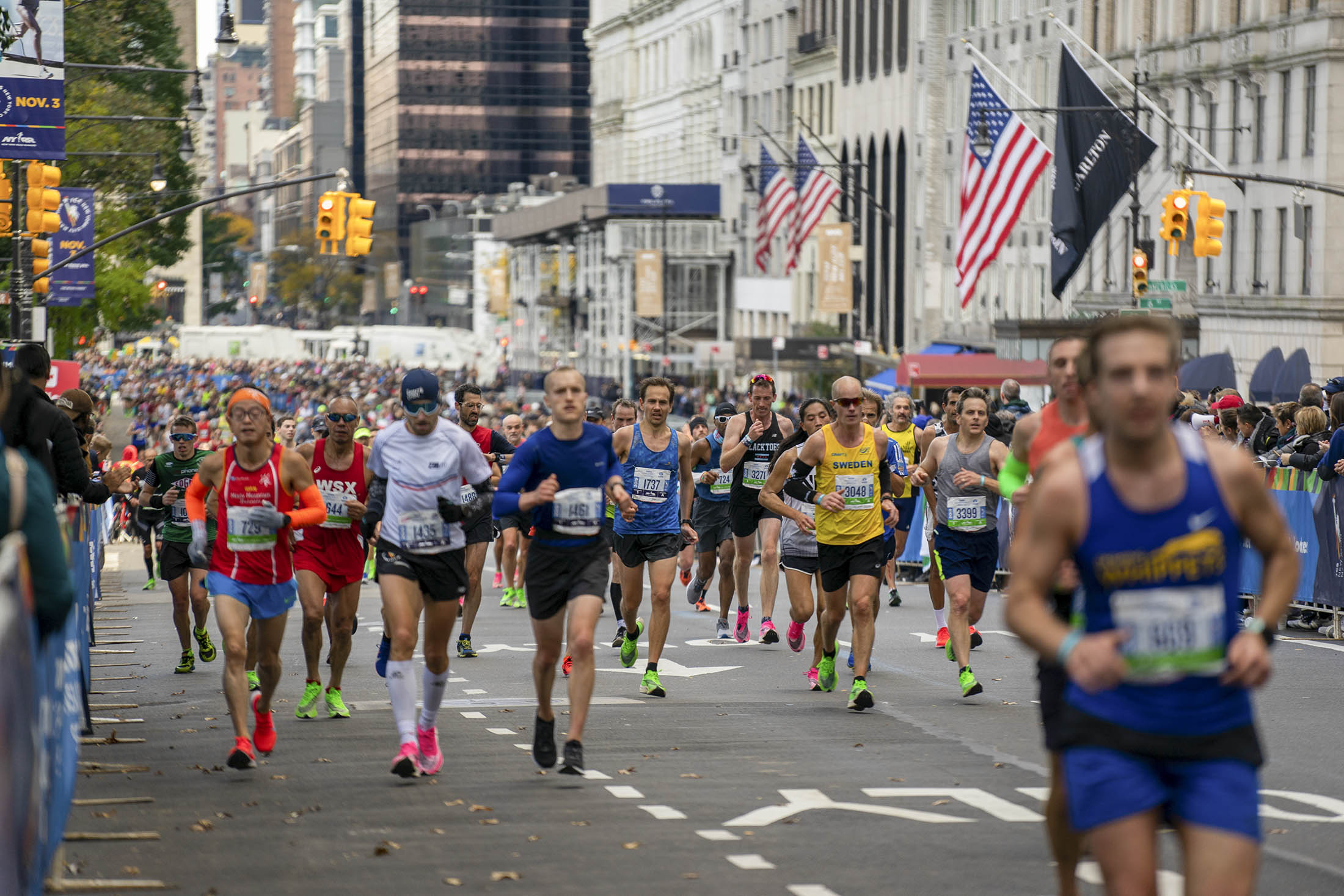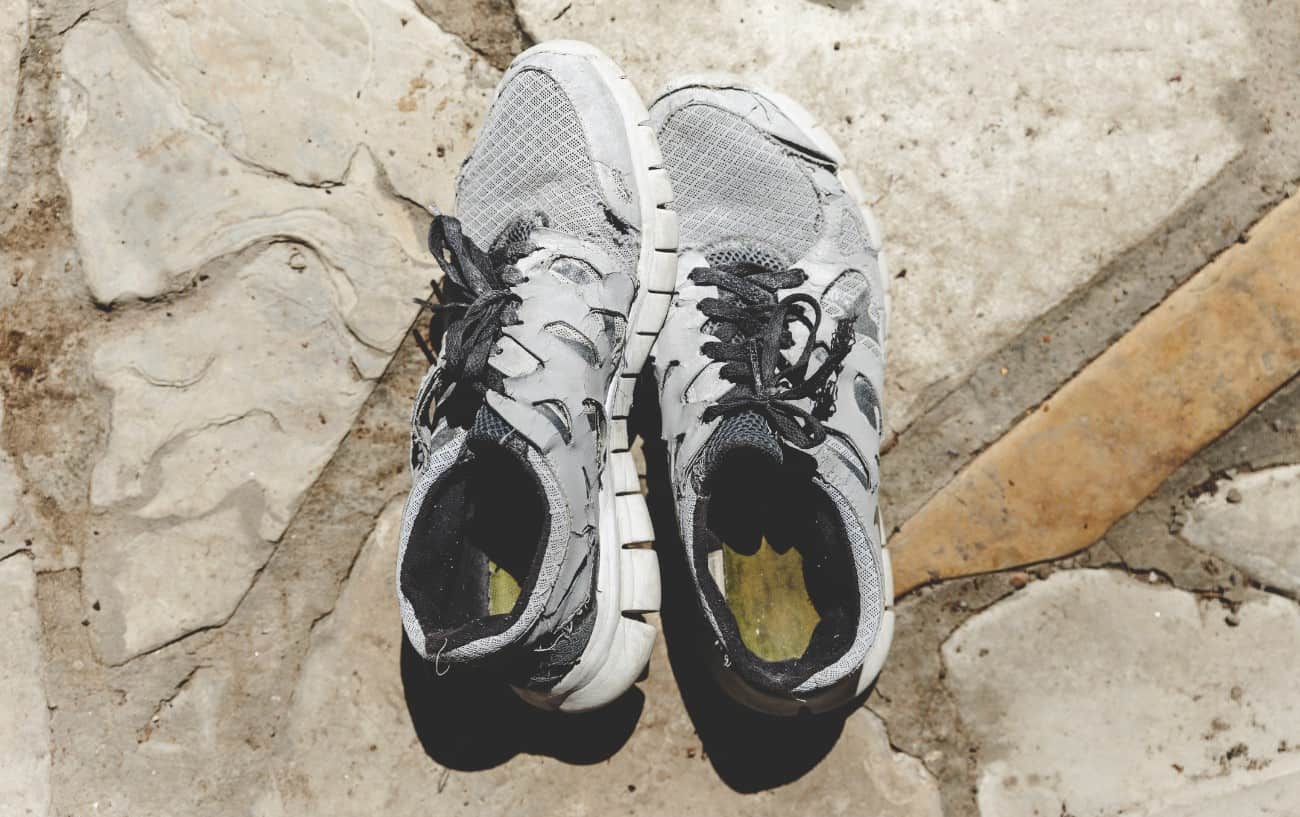Home>Misc>Product Reviews>Why Are Running Shoes So Expensive
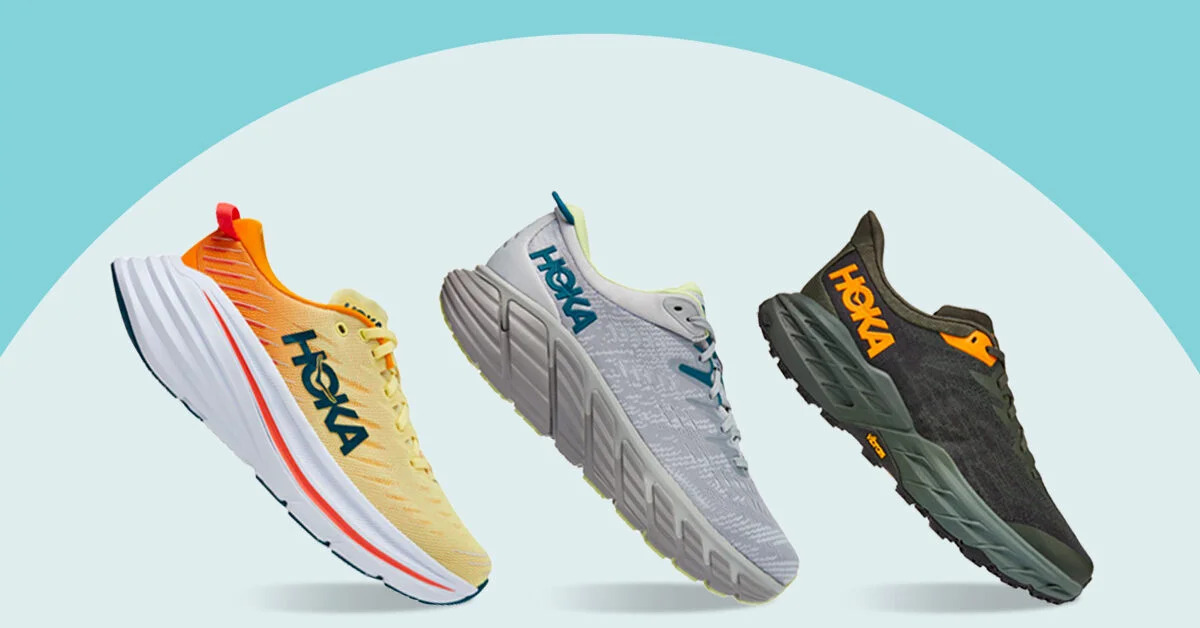

Product Reviews
Why Are Running Shoes So Expensive
Modified: August 18, 2023
Discover the truth behind the price tag of running shoes with our in-depth product reviews. Find out why they may be more expensive than you think.
Introduction
Welcome to the world of running shoes! If you’re a runner, you already know the importance of having the right footwear to enhance your performance and protect your feet. But have you ever wondered why running shoes are often so expensive? It’s a question that many people ask, and it’s one that we’re going to explore in this article.
Running shoes are not just any ordinary pair of sneakers. They are specifically designed to provide comfort, support, and stability for runners, taking into account the unique biomechanics and demands of the sport. This requires advanced technology, quality materials, and meticulous craftsmanship – all of which contribute to the higher price tag.
While it may be tempting to opt for cheaper alternatives, investing in a good pair of running shoes is essential for your overall running experience and long-term foot health. In this article, we’ll delve into the factors that contribute to the cost of running shoes, helping you understand why they may seem expensive but are worth every penny.
From the technical innovation behind each pair to the branding and marketing strategies employed by top brands, we’ll cover it all. So, whether you’re a seasoned runner or new to the sport, sit back, lace up your shoes, and let’s dive into the fascinating world of running shoe economics.
Technical Innovation and Research
One of the key factors contributing to the high cost of running shoes is the extensive research and technical innovation that goes into their development. Top running shoe brands invest heavily in research and development to create shoes that offer optimal performance and minimize the risk of injury.
Years of scientific analysis, testing, and experimentation are conducted to design running shoes that cater to the specific needs of runners. This includes studying foot biomechanics, cushioning technologies, shock absorption capabilities, and stability features. The goal is to create shoes that strike the perfect balance between support and flexibility.
Running shoe manufacturers also invest in advanced materials and manufacturing techniques. They utilize materials such as breathable mesh, lightweight synthetic fabrics, and durable rubber compounds to improve comfort, durability, and overall performance.
Moreover, running shoe companies regularly collaborate with professional athletes, biomechanics experts, and sports scientists to gain insights and feedback. This collaborative approach helps fine-tune the design and functionality of running shoes, ensuring that they meet the specific demands of different types of runners.
All of this research and technical innovation comes at a cost. The extensive time and resources dedicated to developing advanced features and technologies are reflected in the price of running shoes. So, when you’re paying a premium for a pair of running shoes, you’re also paying for the years of research and innovation that have gone into their creation.
Manufacturing Costs
Another significant factor that contributes to the expense of running shoes is the cost of manufacturing. Producing high-quality running shoes involves intricate processes, skilled labor, and specialized machinery.
Running shoe manufacturers prioritize precision and attention to detail during the manufacturing process. Each component of the shoe, from the upper to the midsole, outsole, and laces, undergoes meticulous assembly. Skilled workers are tasked with cutting, shaping, stitching, and adhering the different materials together to ensure a durable and comfortable final product.
In addition to the labor costs, running shoe manufacturers must also consider the expenses associated with sourcing and using high-quality materials. Advanced cushioning materials, such as ethylene-vinyl acetate (EVA) foam or polyurethane foam, are utilized to provide optimal shock absorption and energy return. These materials can be costly, and therefore, contribute to the overall manufacturing expenses.
Moreover, the manufacturing process might involve multiple facilities or countries, adding to the complexity and cost. Shoe companies often outsource production to manufacturers with specialized expertise in certain aspects of the shoe-making process. This outsourcing, while ensuring expertise and efficiency, also adds to the production costs.
Furthermore, strict quality control measures are implemented to ensure that each pair of running shoes meets the brand’s standards. This includes regular inspections, quality testing, and adhering to international safety standards. These quality control measures increase manufacturing costs but are necessary to guarantee that customers receive a product of the highest quality.
When considering these factors, it becomes clear why the manufacturing costs contribute significantly to the overall price of running shoes. The combination of skilled labor, specialized materials, and quality control measures all drive up the production expenses, ultimately impacting the retail price that consumers pay.
Branding and Marketing
The power of branding and marketing cannot be underestimated when it comes to the cost of running shoes. Top running shoe brands invest heavily in building their brand image and creating a strong market presence, which often comes with a higher price point.
Established running shoe companies have spent years cultivating a reputation for quality, performance, and innovation. Through consistent advertising campaigns, sponsorships, and endorsements by renowned athletes, these brands solidify their position in the running community and gain the trust of consumers.
This brand recognition and trust allow running shoe companies to charge a premium for their products. Customers are willing to pay more for a brand they associate with superior quality and performance. The perceived value of the brand becomes part of the price tag.
Marketing campaigns play a pivotal role in creating awareness and demand for running shoes. These campaigns often involve sophisticated strategies, including print and digital advertisements, social media engagement, and influencer partnerships. By strategically targeting runners and fitness enthusiasts, brands are able to generate excitement and drive sales.
Sponsorships and endorsements also play a significant role in the marketing efforts of running shoe brands. Collaborations with professional athletes and sports teams not only enhance the credibility and visibility of the brand but also create a sense of aspiration among consumers. This association with high-performance athletes and teams further justifies the higher price point.
Additionally, running shoe brands invest in product launches and events to showcase the latest innovations and attract attention from both the media and consumers. These events often involve elaborate presentations, media coverage, and extensive promotion, all of which contribute to the overall marketing expenses.
So, while branding and marketing may not directly affect the physical production costs of running shoes, they definitely have a significant influence on the price. The investment in building a strong brand presence, effective marketing campaigns, and strategic partnerships all contribute to the perceived value and, subsequently, the higher cost of running shoes.
Licensing and Sponsorship Deals
Licensing and sponsorship deals are another factor that can contribute to the high cost of running shoes. Running shoe companies often partner with sports organizations, events, and even other brands to enhance their product offerings and elevate their brand image.
One common aspect of these partnerships is licensing agreements with sports organizations. Running shoe brands may pay a significant amount to secure the rights to use official logos, team colors, or other trademarks associated with certain sports leagues or events. These licensing fees are factored into the overall cost of production and are eventually included in the retail price of the shoes.
In addition to licensing agreements, running shoe companies also enter into sponsorship deals with individual athletes or sports teams. These sponsorships involve financial support, product endorsements, and other promotional activities. The expenses associated with these sponsorships, such as endorsement fees and providing athletes with custom-designed shoes and apparel, are also reflected in the retail price of the shoes.
Sponsorship and licensing deals not only contribute to the financial costs but also impact the marketing and advertising strategies of running shoe brands. By aligning themselves with well-known athletes or prestigious events, brands can enhance their brand image and capture the attention and loyalty of consumers.
Furthermore, these partnerships often involve cooperative marketing efforts. This can include joint advertising campaigns, collaborative product launches, and co-branded merchandise. These marketing collaborations require additional resources and investments, which are ultimately passed on to the consumer as a part of the final price of running shoes.
While licensing and sponsorship deals may add to the cost of running shoes, they also bring added value to the consumer. Running shoe brands that have established relationships with sports organizations and athletes often have access to valuable resources and insights, which can help drive innovation and improve the overall quality of their products.
By investing in these partnerships, running shoe brands can differentiate themselves from their competitors and create a unique selling point that resonates with consumers who aspire to emulate their favorite athletes or be part of a sporting event culture.
Retail Markup
One factor that contributes to the cost of running shoes is the retail markup. Retailers need to cover their operational expenses, such as rent, utilities, salaries, and marketing costs. As a result, they apply a markup to the wholesale price of the running shoes they purchase from manufacturers.
This markup varies depending on the retailer’s business model, location, and target market. Brick-and-mortar stores, for example, may have higher overhead costs compared to online retailers, leading to a higher retail markup. Additionally, retailers operating in prime locations or catering to niche markets may also apply a higher markup to compensate for their specific expenses and target audience.
Another factor that can influence the retail markup of running shoes is the retailer’s reputation and exclusivity. Retailers who specialize in high-end or specialty running shoes may have a higher perceived value and can command a higher markup based on their brand positioning. On the other hand, discount or clearance stores may offer lower retail markups to appeal to price-conscious consumers.
While the retail markup does contribute to the final price of running shoes, it is important to note that it covers a range of expenses beyond the cost of the shoes themselves. The markup also allows retailers to provide customer service, maintain inventory, and invest in marketing efforts to promote and sell the products.
Moreover, running shoe retailers often offer added value to consumers, such as in-store fittings, expert advice, and post-purchase support. These services, which are part of the retail experience, are factored into the retail markup to ensure customers receive a comprehensive shopping experience.
It’s also worth noting that online retailers may have lower retail markups compared to brick-and-mortar stores, as they have lower physical overhead costs. This can result in more competitive pricing for running shoes, making them more accessible to a wider range of consumers.
Ultimately, the retail markup reflects the costs associated with running a retail business and the value-added services provided to consumers. While it contributes to the overall cost of running shoes, it is important to consider the holistic experience and support that retailers offer to customers when evaluating the retail markup.
Distribution and Logistics
When discussing the cost of running shoes, it’s important to consider the intricate network of distribution and logistics involved in getting the shoes from the manufacturer to the consumer. Distributing and delivering running shoes to various retail outlets or directly to customers involves several processes that impact the final price.
Running shoe manufacturers typically produce their shoes in large quantities to meet demand. These shoes are then transported to distribution centers or warehouses, which serve as hubs for sorting, storing, and preparing the shoes for shipment.
From the distribution centers, the shoes are further transported to regional or local distribution centers, retail stores, or fulfillment centers. This transportation involves costs such as fuel, packaging materials, and labor for handling and loading the shoes.
Furthermore, the complexity of the logistics can add to the overall cost of running shoes. This includes managing inventory, tracking shipments, coordinating logistics partners, and navigating international customs and regulations when dealing with global distribution.
Another aspect to consider is the cost of retail fulfillment. For online orders, the shoes need to be packaged and shipped to individual customers. This process involves additional expenses, such as packaging materials, shipping fees, and infrastructure for order fulfillment.
The cost of distribution and logistics is not only related to the physical movement of the shoes but also the systems and technology required to manage the supply chain efficiently. Running shoe companies invest in sophisticated inventory management systems, logistics software, and tracking technologies to ensure smooth operations, timely deliveries, and supply chain transparency. These investments are reflected in the price of the shoes.
Moreover, factors such as import/export duties, taxes, and currency fluctuations can impact the cost of running shoes, especially for brands that operate in multiple international markets. These additional costs are incorporated into the overall pricing strategy.
Considering all of these factors, it becomes apparent that the distribution and logistics processes can significantly contribute to the overall cost of running shoes. From transportation and handling fees to inventory management and technology investments, these expenses are part of the broader supply chain management that ensures the availability of running shoes to consumers.
Customization and Personalization
Customization and personalization are becoming increasingly popular in the world of running shoes, and they can contribute to the higher cost of these footwear options. Many running shoe brands now offer customizable features that allow customers to tailor their shoes to their specific preferences and needs.
Customization options can include choosing the color, materials, and even the fit of the shoes. Customers may also have the option to add personalized details, such as their initials or a custom logo, to make the shoes truly unique.
Implementing customization features in running shoe production requires additional resources, technology, and expertise. The manufacturing process becomes more complex, as each customized shoe needs to be individually crafted according to the customer’s specifications.
Furthermore, the personalization options often come with an added cost. Customers are willing to pay more for the opportunity to have a pair of running shoes that perfectly matches their style and preferences. This customization premium covers the additional expenses associated with managing custom orders, unique materials, and the manufacturing processes involved.
Another aspect to consider is the research and development required to enable customization and personalization features. Running shoe brands invest in innovative technologies and systems that allow customers to design their own shoes, ensuring that the final product maintains the brand’s quality standards and desired performance characteristics.
While customization and personalization add to the cost of running shoes, they also offer a considerable value proposition to customers. Customized shoes provide a tailored fit, which can enhance comfort and performance, especially for runners with specific foot shapes or needs. This level of personalization can improve the overall running experience and reduce the risk of injuries.
Additionally, the ability to personalize running shoes allows individuals to express their style and individuality. This emotional connection to the product can create a strong brand loyalty and justify the higher price for many consumers.
Overall, the inclusion of customization and personalization features in running shoes adds a layer of uniqueness and individuality that comes at an additional cost. However, for those who value personalization and seek a shoe perfectly suited to their needs and preferences, the investment is often worthwhile.
Durability and Quality
When it comes to running shoes, durability and quality are crucial factors that contribute to their cost. Top running shoe brands prioritize the use of high-quality materials and manufacturing techniques to ensure that their products are built to last.
Running shoes are subjected to rigorous use, with constant impact, friction, and stress during running. To withstand this, manufacturers incorporate features such as reinforced midsoles, durable outsole compounds, and sturdy upper materials. These elements are designed to provide longevity and durability, ensuring that the shoes can withstand the demands of regular running activities.
In addition to utilizing durable materials, running shoe brands implement quality assurance measures throughout the production process. Strict quality control protocols are in place to ensure that each shoe meets the brand’s standards for performance, fit, and durability.
When investing in a pair of running shoes, customers often expect them to have a longer lifespan than regular sneakers due to the specialized design and construction. The durability and quality of running shoes translate into better overall value for the consumer, as they won’t need to replace their shoes as frequently or experience premature wear and tear.
It’s worth noting that the cost of developing and producing durable and high-quality running shoes can be higher. Advanced materials, such as carbon fiber plates or specialized cushioning systems, often come at a premium. Manufacturers may also implement specialized manufacturing techniques, such as heat bonding or seamless construction, to enhance durability and performance.
Furthermore, extensive research and development are conducted to continually improve the durability and performance of running shoes. Running shoe brands invest in product testing, athlete feedback, and innovation to extend the lifespan of their footwear and ensure they can withstand the demands of different running conditions and terrains.
Overall, the cost of durability and quality adds value to the running shoe experience. While the initial price may be higher, customers can expect a longer lifespan, better performance, and reduced need for frequent replacements. The investment in durable and high-quality running shoes can ultimately result in long-term cost savings and a more enjoyable running journey.
Conclusion
In conclusion, the higher cost of running shoes can be attributed to various factors that contribute to their value and performance. Technical innovation and extensive research drive the development of running shoes with advanced features and technologies, ensuring optimal comfort and support. The cost of manufacturing includes skilled labor, specialized materials, and quality control measures to produce durable and high-quality shoes.
Branding and marketing efforts play a crucial role in establishing a strong market presence, which influences the perceived value and, in turn, the price of running shoes. Licensing and sponsorship deals allow brands to align themselves with renowned athletes and sports organizations, further enhancing their brand image and justifying higher price points.
The retail markup accounts for the operational expenses of retailers and the added value they provide through customer service and support. Distribution and logistics costs cover the transportation, handling, and storage of running shoes, ensuring their availability for consumers.
Customization and personalization options allow customers to tailor their shoes to their specific preferences, but these features come with additional costs due to the complexity of production and materials. Lastly, the durability and quality of running shoes contribute to their price, as they are built to withstand the demands of running and provide longevity.
While the cost of running shoes may seem high, it is important to consider the value they provide to runners. These shoes are not just a fashion statement, but rather a tool to enhance performance, prevent injuries, and ensure a comfortable running experience. Investing in a good pair of running shoes can ultimately save money in the long run by avoiding frequent replacements and potential medical costs.
As a consumer, it is essential to weigh the various factors discussed in this article and choose a pair of running shoes that align with your budget, running goals, and personal preferences. Remember, finding the right pair that fits well and suits your needs will contribute to your overall enjoyment and success as a runner.
